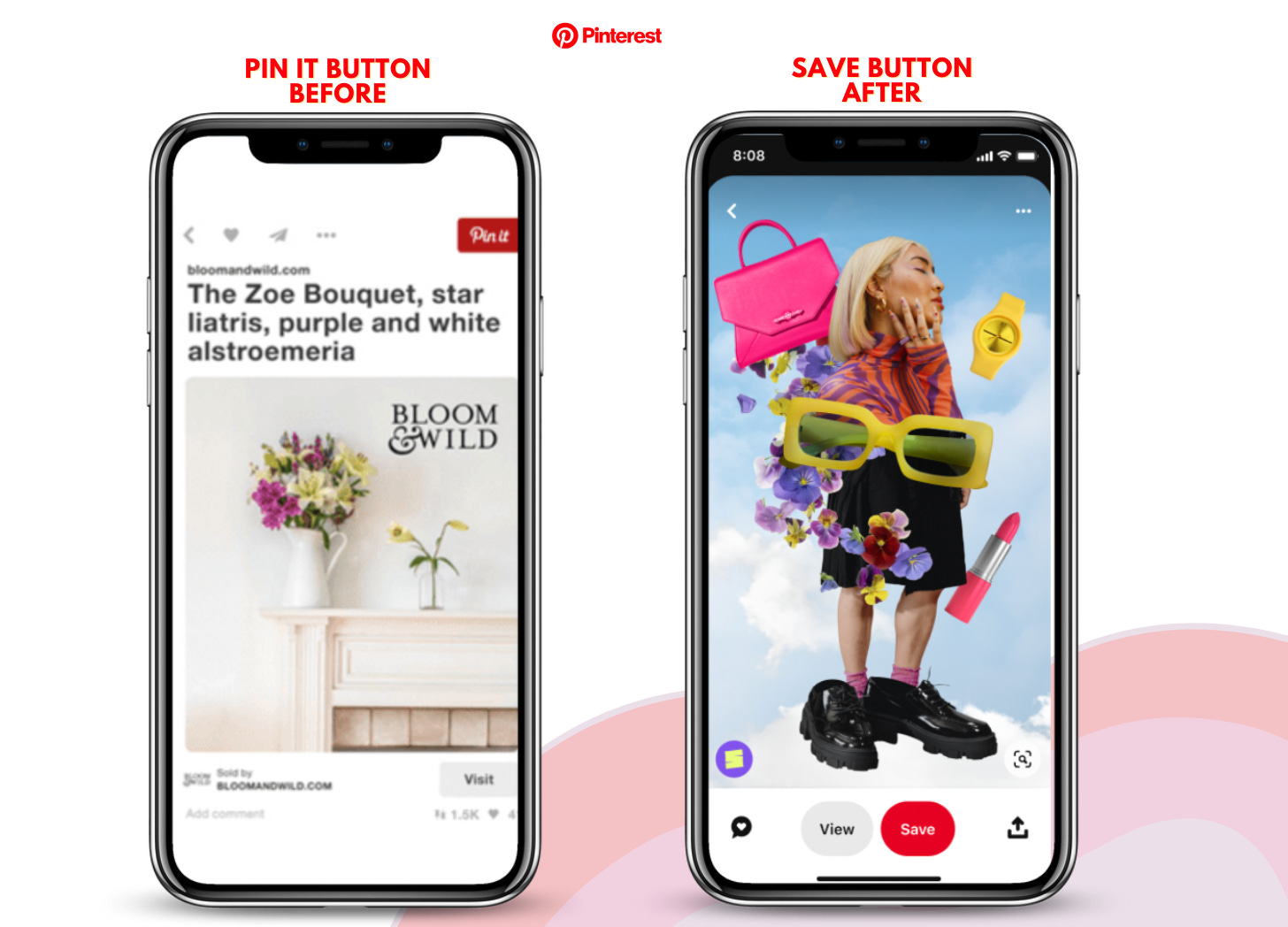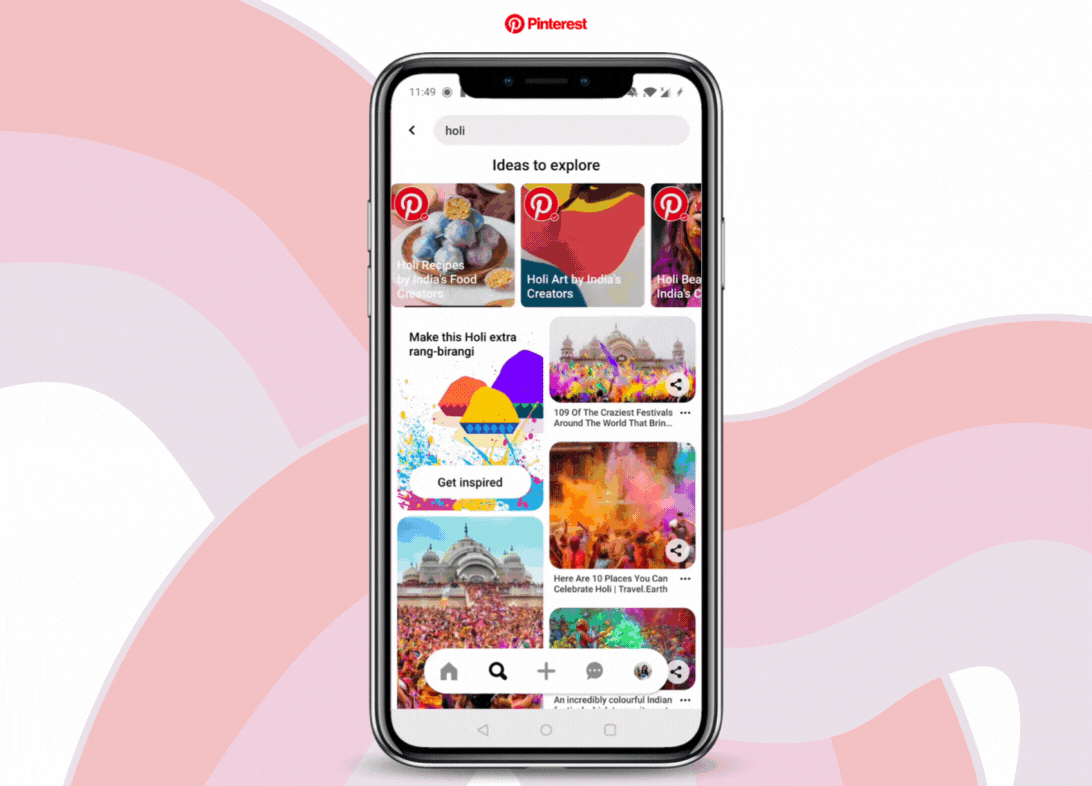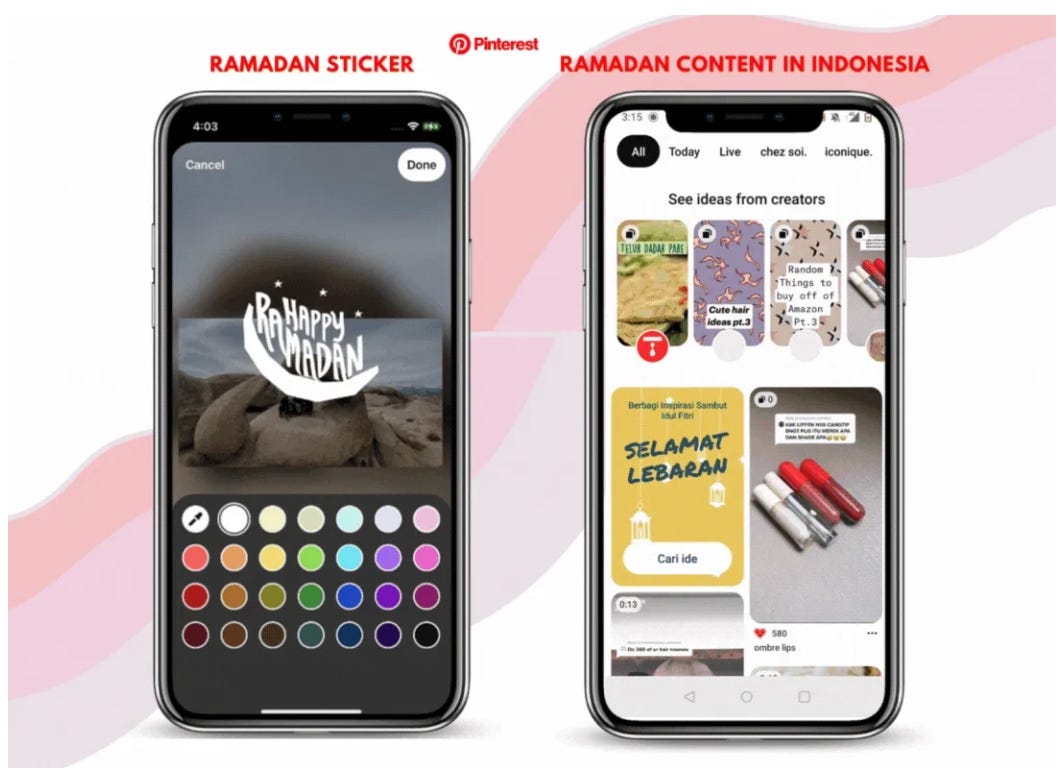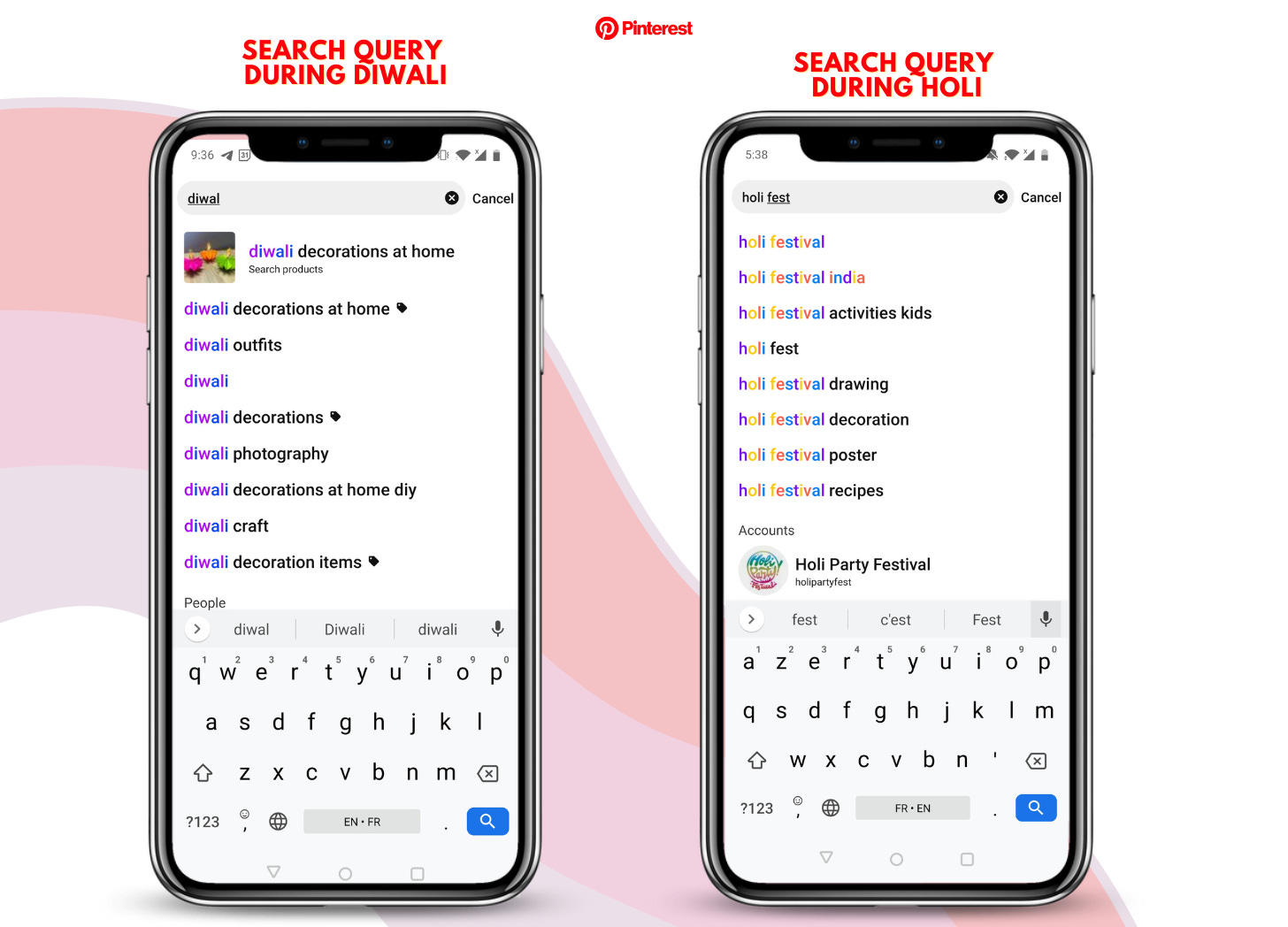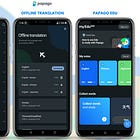📌 What I learned about cracking growth to win over Asian markets
Cracking the code of cultural relevance and success.
“Think global, act local” is one of the guiding principle you’ll encounter in global tech companies. However, one of the most significant challenges they face when expanding internationally is connecting with local users.
2 years ago, when I relocated to Singapore, I joined a dedicated team focused on driving Pinterest's growth in APAC 📌 - one of the fastest growing regions for Pinterest. Yet, what resonates in the Western world doesn't always strike the same chord with Asian users due to differences in language, culture, and social norms. This is precisely where localization steps in—the art of crafting an app experience that feels native and relevant to the target audience.
Hi everyone, thanks for coming back to bowl of tech 🍜 where each month, I humbly break down the growth strategy and product experience of the top mobile apps in Asia.
In this July’s post, the focus shifts to my personal experience about “cracking” Pinterest’s growth in APAC.
CRAFTING A NATIVE APP EXPERIENCE
Localization efforts are the key to cracking the code of international growth. And it goes far beyond the simple act of translating text. It involves adapting every facet of the app to resonate with local users, conveying its value, guiding users through its features, and fostering a sense of familiarity.
Consider the case of Pinterest's "Pin it" button. Through careful localization efforts, the app changed it to "Save" in non-English speaking countries, resulting in a remarkable surge in comprehension and growth metrics.
At that time, to replicate such success, Pinterest developers adopted a metrics-driven approach called Copytune. This allowed them to test and optimize copy on a per-language basis, ensuring that the app's messaging aligns seamlessly with the cultural nuances and preferences of each specific market.
ACHIEVING PRODUCT MARKET FIT
While localization sets the foundation for expanding into international markets, it is only the first step on the journey. In my experience focusing on Southeast Asian markets, the second crucial stride was achieving product/market fit in each specific region.
During my time at Pinterest, we quickly realized the significance of curating locally relevant content for users worldwide. In India, one of our primary challenges was resurfacing local content. Despite users accessing Pinterest with an English locale, their settings caused the platform to primarily showcase US/UK content. However, it became evident that Indian users didn't necessarily desire to consume content from those regions. As a result, they faced difficulty in finding content they truly resonated with, leading to a higher likelihood of churn.
To tackle this and also strengthen the company's global approach, Pinterest focused on refining the algorithms powering search and home feeds. This effort ensured that Indian users searching for recipes were presented with suggestions for local Indian cuisine.
By doing so, Pinterest bridged the gap between user preferences and the available content offerings, resulting in a stronger connection with their local audience.
BUILDING A PLAYBOOK FOR SCALING GROWTH
After laying the groundwork for localization, the next stage involves defining a growth strategy. A growth playbook was developed over the years, outlining the tactics required to scale globally.
However, we needed to adapt these to the unique preferences and characteristics of individual APAC markets. One of the aspect of this strategy involves integrating popular messaging platforms like Line, WeChat, and KakaoTalk into the app's invite or sharing flows. This approach has been proven successful for companies in Asia, as it aligns with the communication preferences of users in these regions.
Another aspect is capitalising on seasonal moments. Events like Holi, Diwali, Ramadan, or Chinese New Year present opportunities to scale growth in the APAC region. We resonated with users by creating content and experiments tailored to these occasions :
Enhancing the in-app sharing experience for Pinners in India during Holi. Understanding their desire for more information before opening a shared Pin, we modified the share copy for Holi-themed Pins, changing it from "Look at this" to "Happy Holi". This small adjustment improved the user experience and encouraged more sharing among Pinners.
Building a seasonal sticker and Pins around Ramadan
Optimizing the in-app search experience. During seasonal celebrations when certain queries were particularly prevalent, we introduced a dynamic feature where the query itself would change color, providing visual cues and enhancing the user experience.
Our expansion efforts lied in our ability to learn from other regions, adapt and implement growth strategies tailored to embrace the cultural nuances of the APAC region.
“ Growing internationally requires taking many of the lessons from scaling in your native market and then figuring out how to adapt them to different countries and cultures. It requires nailing comprehension, making sure you have product/market fit for each country, and figuring out how to adapt your growth channels for individual markets.” - John Egan
The path to successful localization is not without its challenges. One of the key hurdles is striking a delicate balance between maintaining the core identity of the app while embracing local flavors. What works in one Asian country might not resonate in another, and that's where the true complexity lies.
That's all for now.
See you next month ! 👋
Alli
If you’ve learnt anything new today, show some love by tapping the 🧡 icon at the bottom of the article or by leaving a comment.
In case you missed it - last month, I wrote about ↓


